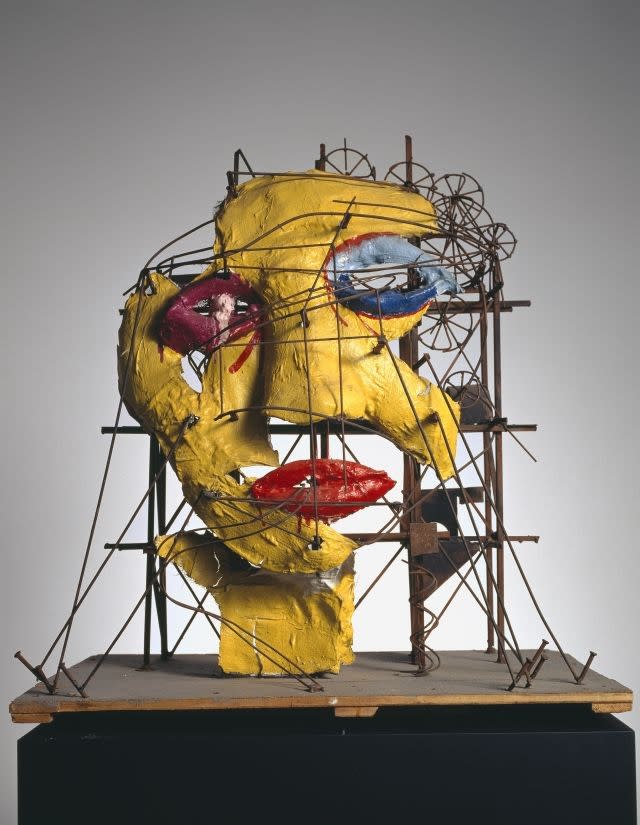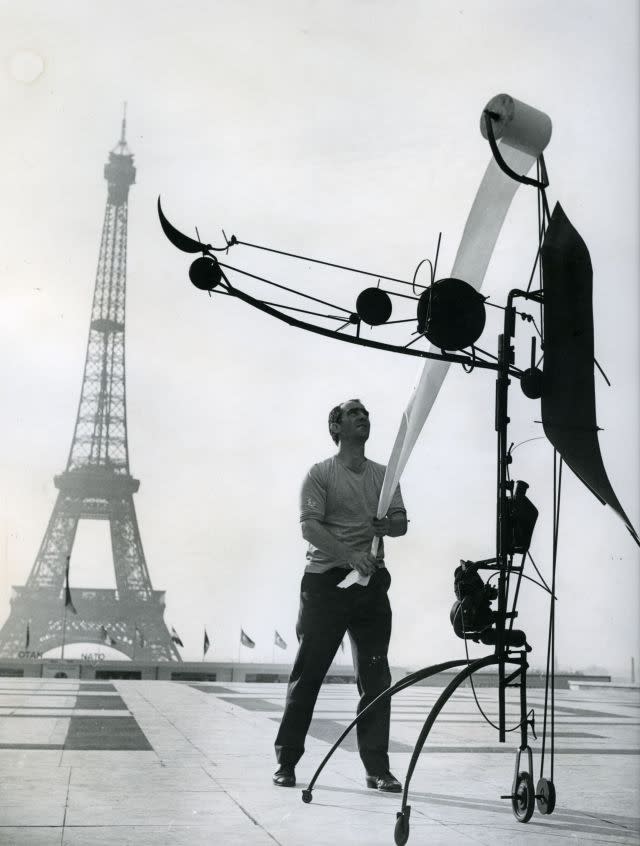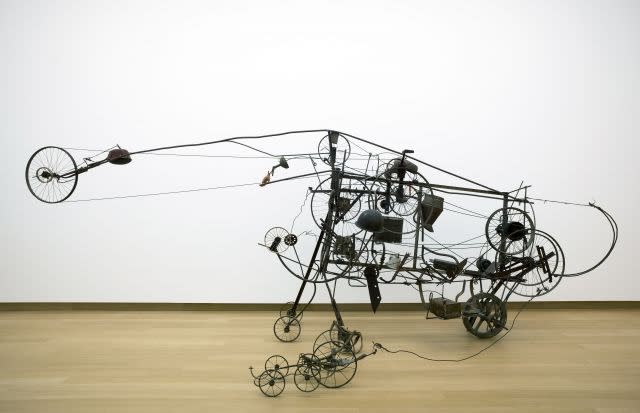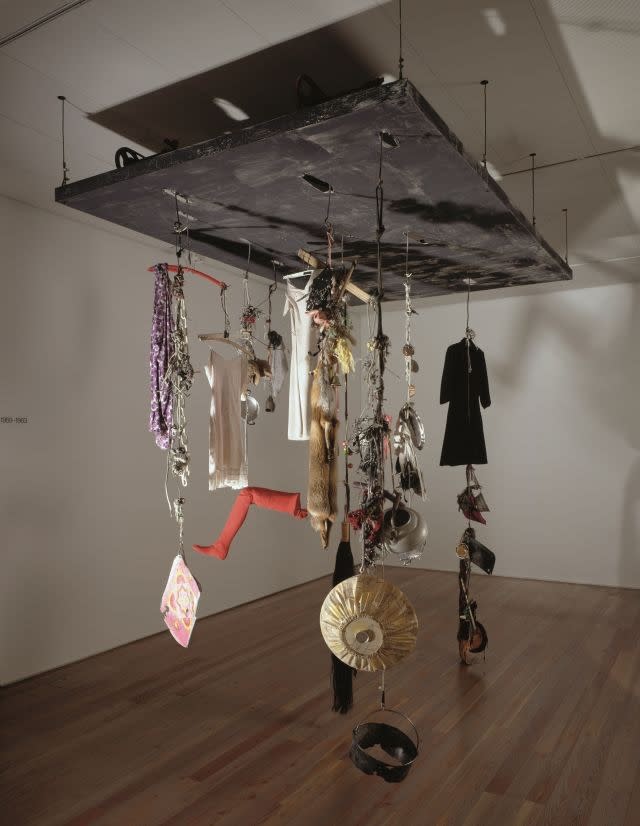Large retrospective of avant-garde artist Jean Tinguely to open in Amsterdam
On the 25th anniversary of his death, in 1991, Amsterdam's Stedelijk Museum will unveil a retrospective of Swiss-born artist Jean Tinguely.
The Stedelijk Museum has had a dynamic history with the artist through his past experimental exhibitions: Tinguely notably participated in the traveling group shows "Bewogen Beweging" (1961) and "Dylaby" (1962) during the 1960s.
Moreover, Tinguely maintained close relationships with then-director of the Stedelijk Museum Willem Sandberg and curator Ad Petersen, who acquired 13 sculptures -- including his famous drawing machine, "Méta-Matic No. 10" (1959), "Gismo" (1960), and "Méta II" (1971) -- for the collection.
"Machine Spectacle," which opens on October 1, is the largest exhibition dedicated to the artist in a Dutch museum, featuring over a hundred machine-sculpture hybrids, as well as films, photographs, drawings, early wire sculptures and archival materials. The presentation emphasizes Tinguely's mechanized pandemonium and his imaginative playfulness, both often expressed on a monumental scale.
Jean Tinguely repudiated the fixed conventions of the art world; he sought to celebrate chaos and experimentation, often tongue in cheek. He produced kinetic sculptures that inherently critiqued the art world's elitist regard for itself.
The interactive, rollicking installations were often constructed from salvaged scrap metal, recycled materials, and discarded fabrics. Gigantic installations, created between 1960-1970, such as "Homage to New York," "Étude pour une fin du monde No. 1," "Study for an End of the World No. 2," and "La Vittoria," were designed to dramatically disintegrate in a whirlwind of cacophony.
Collaboration was integral to Tinguely's career. He worked extensively with artists like Daniel Spoerri and Yves Klein, as well as his wife and fellow artist Niki de Saint Phalle.
The visual survey concludes with an unforgettable finale: an outsized, unnerving memento mori entitled "Mengele-Totentanz" (1986). Tinguely realized the work after witnessing his neighbor's farmhouse on fire, from which he reclaimed objects amidst the ashes, including scorched beams, agricultural machinery, and animal skeletons. The piece is a haunting symbol of destruction; the wreckage evoked for the artist the sinister horror of Nazi concentration camps.

 Yahoo Finance
Yahoo Finance 



